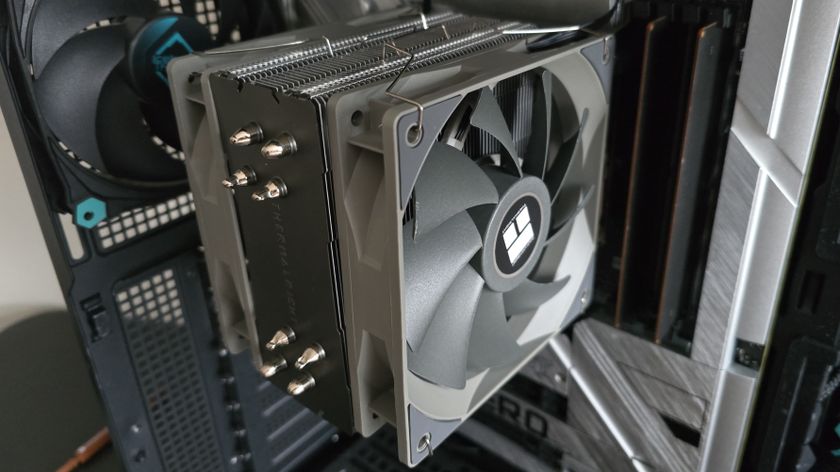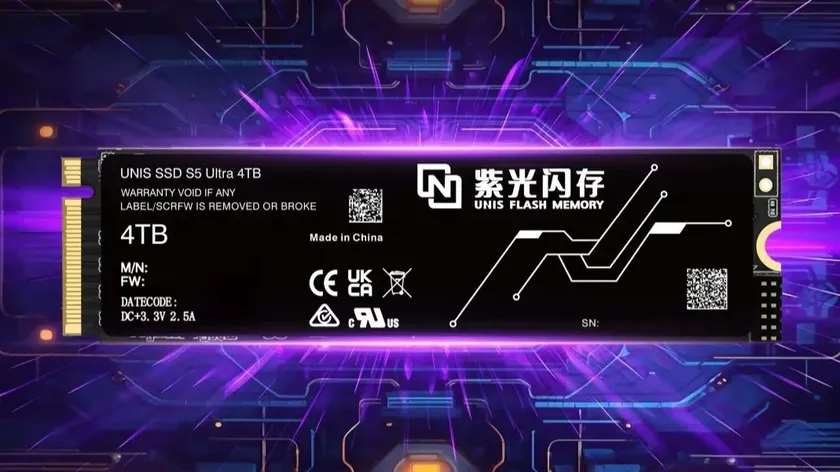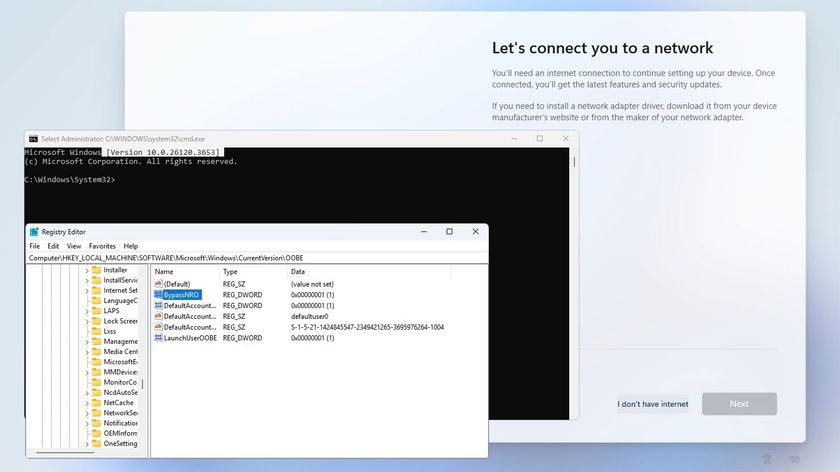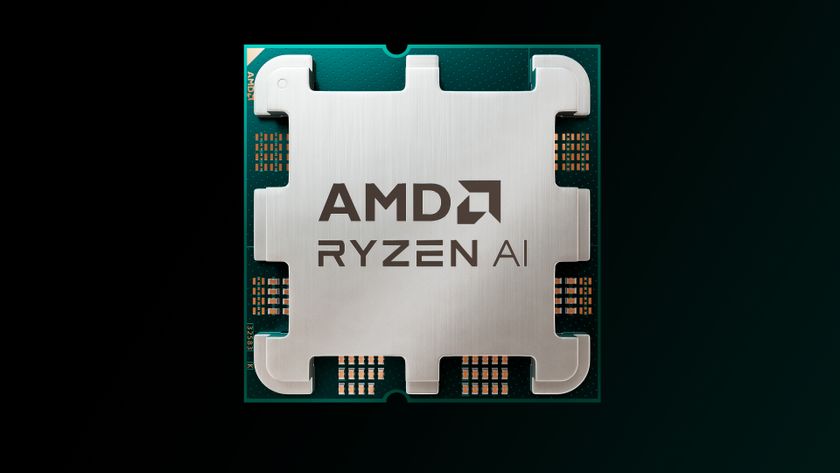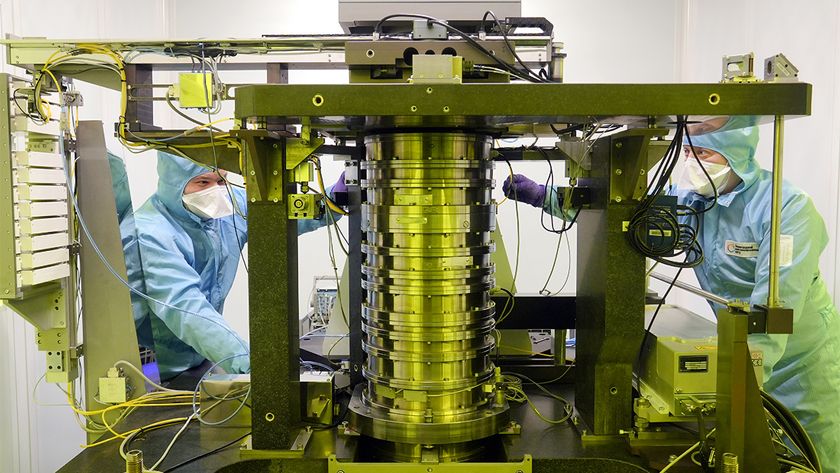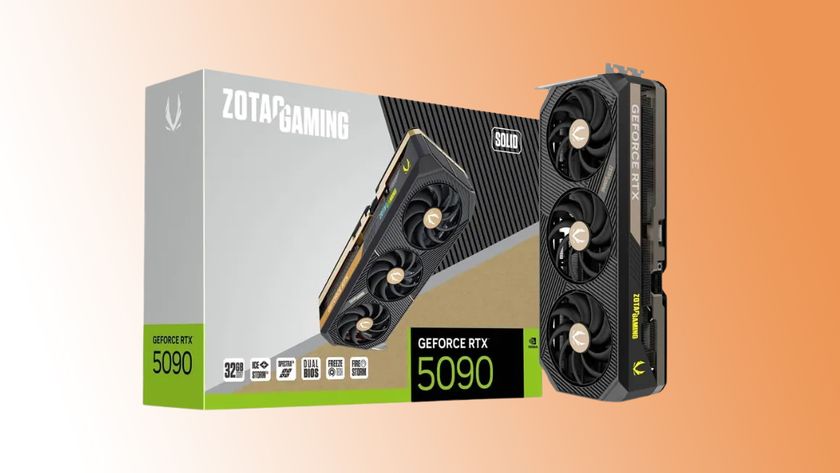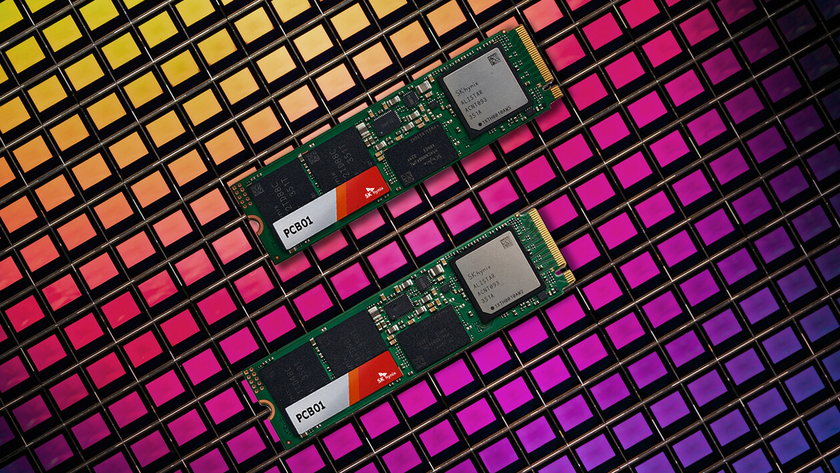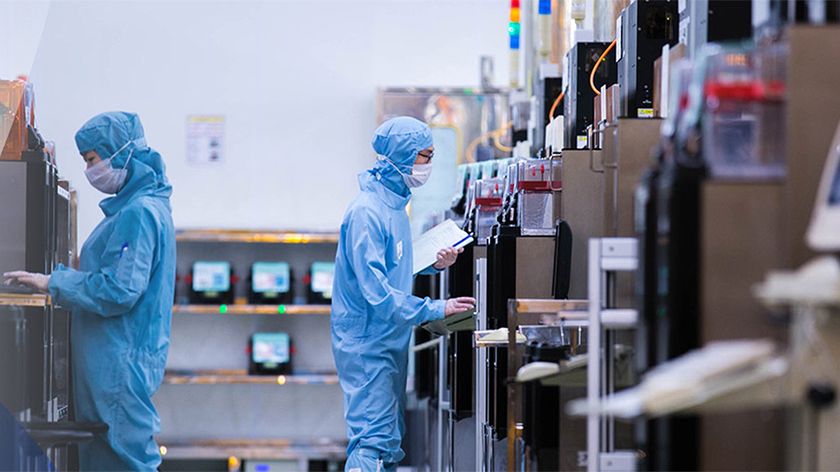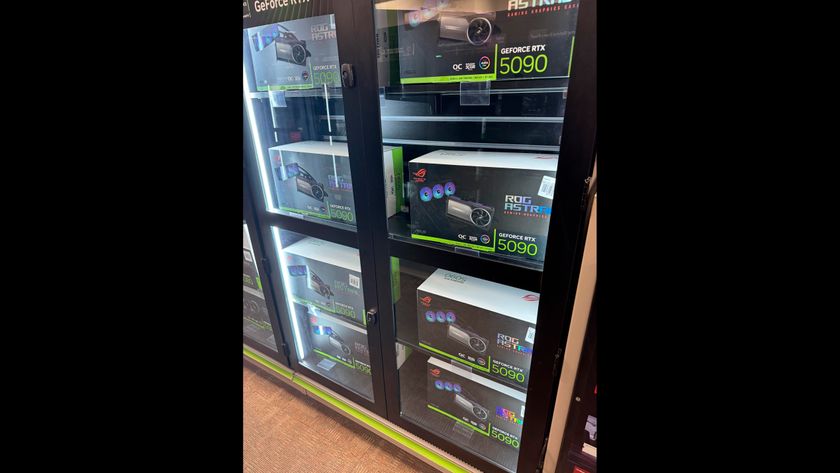Arctic Cooling Introduces AMD Threadripper-Ready All-In-One Coolers
Those of you planning on upgrading to one of AMD’s upcoming Threadripper processors will be happy to know that Arctic Cooling has updated its line of all-in-one coolers to be compatible with the TR4 socket.
The Liquid Freezer line of coolers all share the same the 12v water pump equipped with a micro skived fin copper cold plate and are available in 360mm, 240mm, and 120mm sizes. Although the radiators all share the same basic high fin count aluminum construction, each varies in size and thickness. The Liquid Freezer 360 radiator measures 120mm wide and 390mm long, but it’s relatively thin at just 27mm. Conversely, both the 120 and 240 models are 38mm thick and measure 120 x 272mm and 120 x 155mm (W x L), respectively.
All three Liquid Freezer models employ Arctic Cooling's proprietary F12 120mm cooling fans. They’re capable of 74CFM airflow each and ship in pairs (that is, 2x fans for the 120, 4x for the 240 and 6x for the 360). This allows you to install each cooler in a push-pull configuration if so desired.
According to Arctic Cooling, the Liquid Freezer 360 and 240 are both capable of handling heat loads up to 350W (recommended for TDP up to 300W). The Liquid Freezer 120 is rated at 300W (recommended for TDP up to 250W).






The Liquid Freezer line of coolers is compatible with AMD's TR4, AM4, FM2+, FM2, FM1, AM3+, AM3, AM2+ and AM2 sockets as well as Intel's LGA2011, LGA115X, LGA775/1366 sockets.
Currently, the Liquid Freezer 360 retails for $140, the 240 for $100, and the 120 for $86. All three coolers are available from the company website.
| Liquid Freezer | 120 | 240 | 360 |
|---|---|---|---|
| Fan Dimensions (W x H x D) | 120 x 120 x 25mm | 120 x 120 x 25mm | 120 x 120 x 25mm |
| Fan Speed | 500 - 1,350RPM | 500 - 1,350RPM | 500 - 1,350RPM |
| Fan Voltage | 12V DC | 12V DC | 12V DC |
| Max Airflow | 74 CFM | 74 CFM | 74 CFM |
| Fan Noise | 0.3 Sone | 0.3 Sone | 0.3 Sone |
| Connector | 4-pin | 4-pin | 4-pin |
| Pump Voltage | 5V - 12V DC | 5V - 12V DC | 5V - 12V DC |
| Power Consumption | 2W | 2W | 2W |
| Connector | 3-pin | 3-pin | 3-pin |
Stay On the Cutting Edge: Get the Tom's Hardware Newsletter
Get Tom's Hardware's best news and in-depth reviews, straight to your inbox.
-
scolaner Reply19959335 said:Is the fan voltage 2V DC a typo for the 240?
Yes. Fixed, thx. (Changes take a few minutes to appear.) -
jimmysmitty It will be interesting to see how well AMDs 180w TDP CPU can be cooled, I just wonder if it will require a AiO minimum for proper cooling or not. I also assume the OCing will be slightly lower than Ryzen, as is with most CPUs with more cores comes lower clock speed.Reply -
patrick47018 Reply19959615 said:It will be interesting to see how well AMDs 180w TDP CPU can be cooled, I just wonder if it will require a AiO minimum for proper cooling or not. I also assume the OCing will be slightly lower than Ryzen, as is with most CPUs with more cores comes lower clock speed.
Rumor has it that the cooler that will come with Threadripper CPUs is an AiO. -
Xajel Those spec are confusing, why would you repeat a single fan spec on all variants !!, airflow, noise & power consumption should all change as we move from 120 to 240 & 360Reply -
ZRace I think the static pressure those fans can create is far more interesting than airflow here, since we're talking about water cooling.Reply -
Wisecracker ReplyIt will be interesting to see how well AMDs 180w TDP CPU can be cooled, I just wonder if it will require a AiO minimum for proper cooling or not. I also assume the OCing will be slightly lower than Ryzen, as is with most CPUs with more cores comes lower clock speed.
I wouldn't be so sure about that -- I suspect AMD 'binned' for Epyc and TR, and whatever missed the grade was passed on to desktop Ryzen.
And, as Paul pointed out in another thread --> TR is not a monolithic die, it is a 'glued' MCM as Chipzilla derisively pointed out whereby two processors simply exist side-by-side under the same lid.
That will certainly make OC'ing interesting depending upon their integration.
The other thing: The early Epyc power consumption numbers look really good, i.e., "Less Power = Less Heat"
